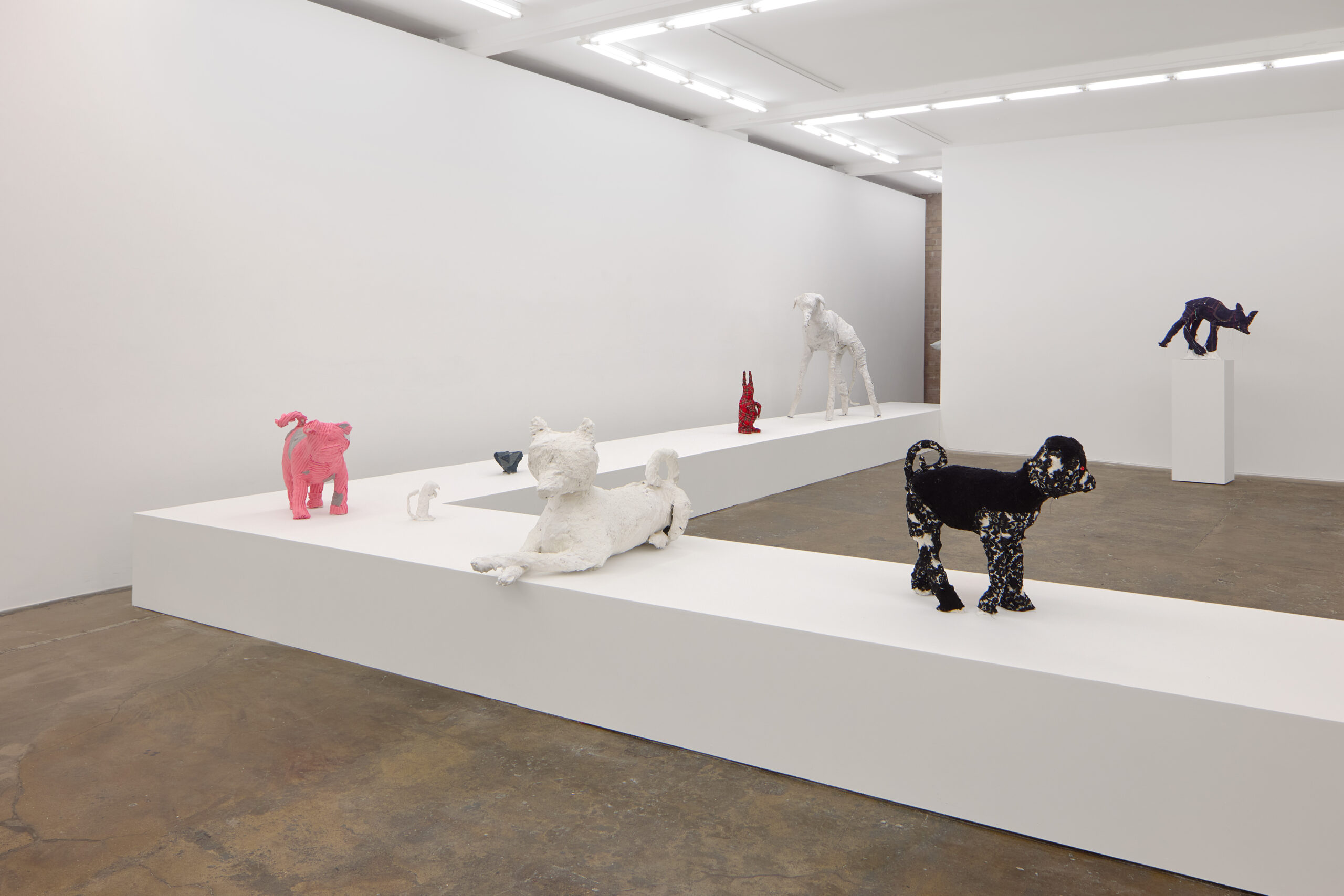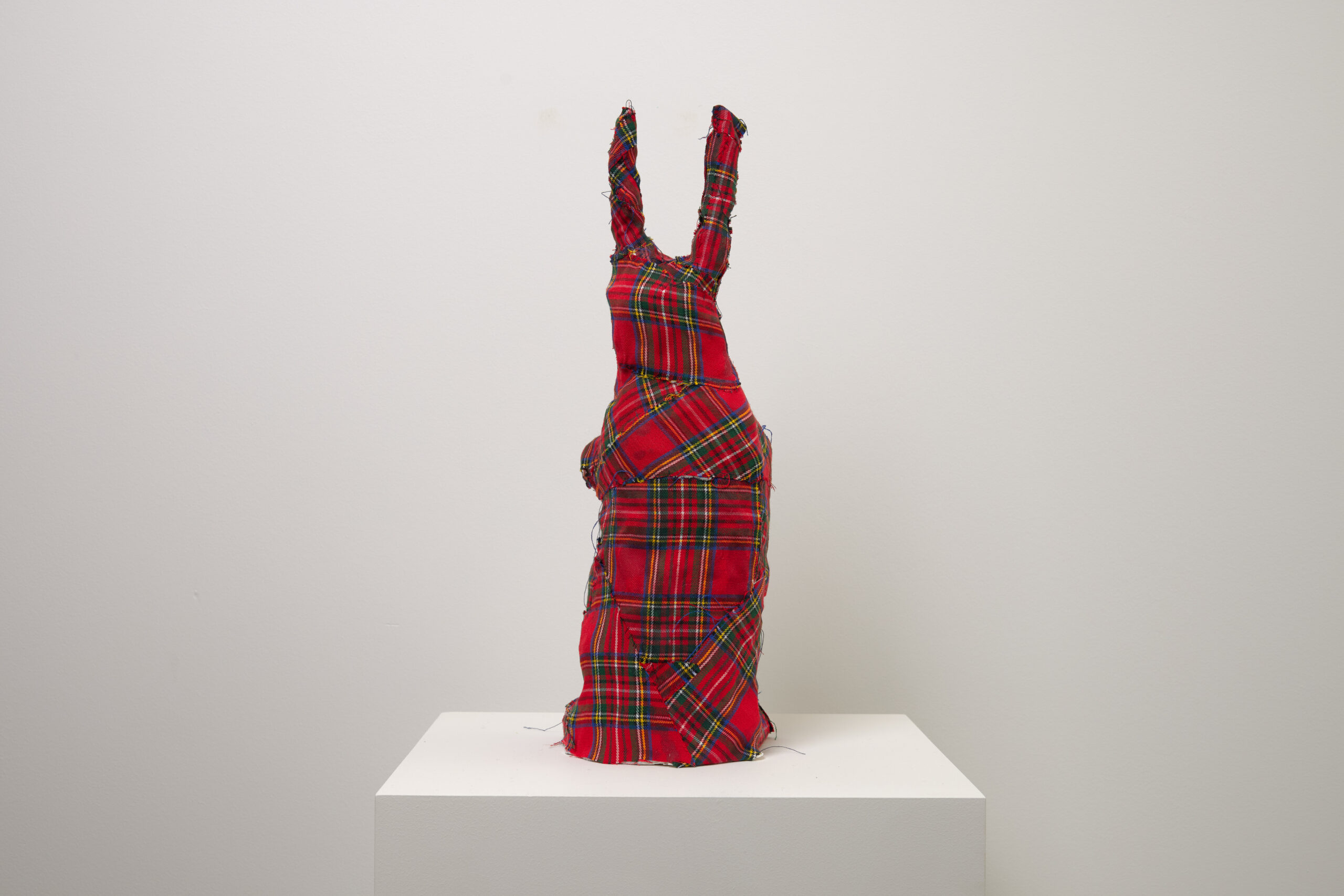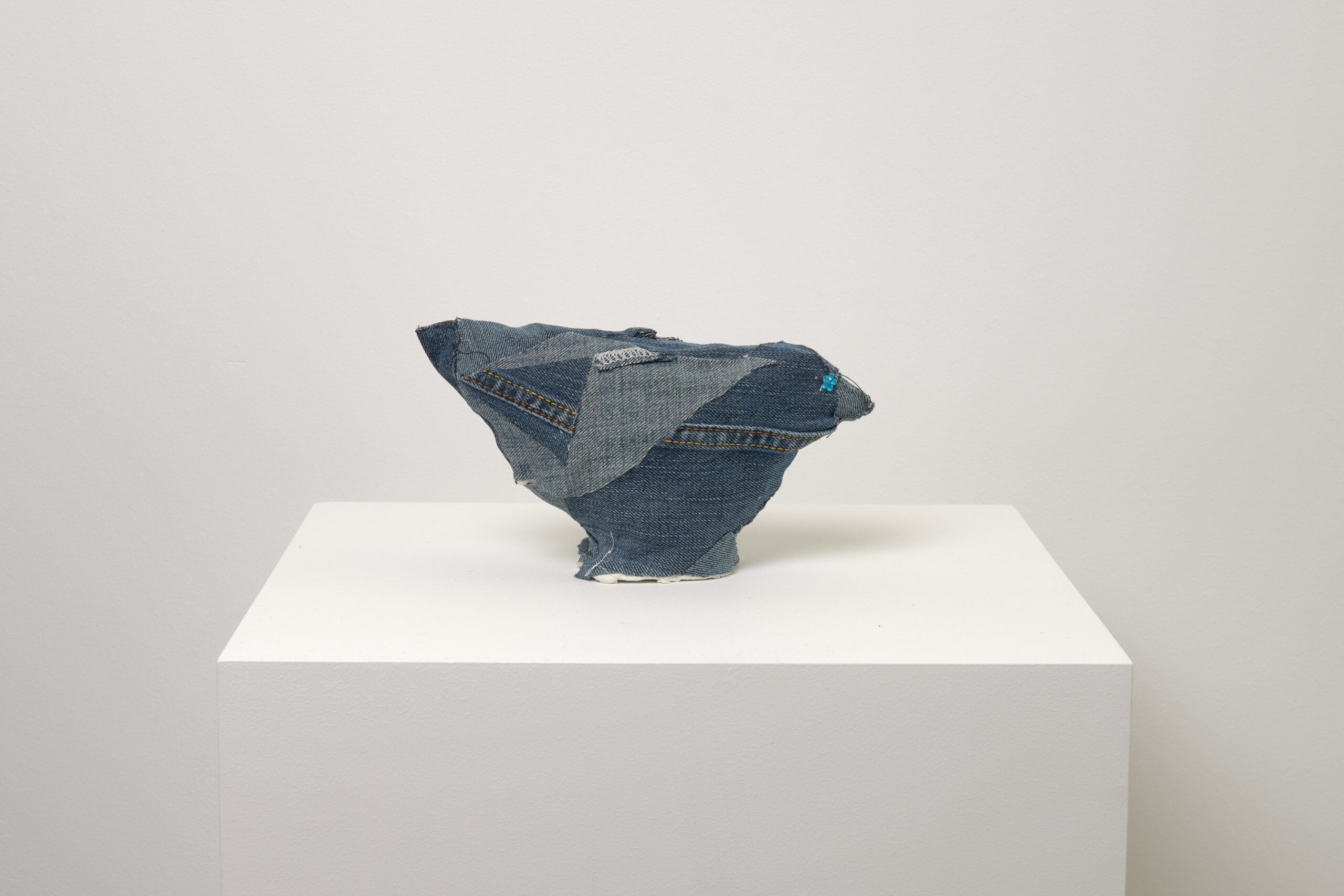
Photography Tom Carter
One of the most important scenes in Psycho, Alfred Hitchcock’s 1960 proto-slasher masterpiece, is one of the most disarming. In it, Norman Bates (Anthony Perkins) has supper with Marion Crane (Janet Leigh), a young woman on the run from a bad decision who’s found herself at the Bates Motel. She shares an awkward but not unpleasant supper with Norman, who turns out to be quite charming. Perkins is fascinating here, finding a delicate balance between a young man who clearly desires Marion but who – for so many reasons – is unable to act on them. It’s in the course of this not-quite-date that Norman tells Marion about one of his hobbies: taxidermy. The room that the two of them are eating in is surrounded by stuffed birds, Norman’s own handiwork. As he puts it: “I guess I’d rather stuff birds because I hate the look of beasts when they’re stuffed. You know, foxes or chimps. Some people even stuff dogs or cats, but well, I couldn’t do that. I think only birds look well stuffed because they’re sort of passive to begin with.”
In Love Love Love at Soft Opening, Gina Fischli seems to take Norman’s idea of beasts seeming strange when they’re stuffed and making it to unsettling, morbidly compelling extremes. There are birds among Fischli’s creations – A robin, Florence, and a pigeon, Agatha (both 2024) – but neither of them look particularly passive. Instead, Florence and Agatha each have an uncanny, unsettling quality to them; clearly artificial – the blocky, angular Agatha simply has white specks for eyes – they bear a close enough resemblance to animals, either wild or domestic, depending on the piece, to create a strange feeling in the back of the mind: something isn’t right here. This immortalising of something that never was, a not-quite-necromancy, is something that’s impossible to look away from.

Photography Tom Carter
Taxidermy is essentially another kind of postmortem preservation, a desire to remember an animal as they were. Morbid though it might seem, it’s the kind of thing that we might say is born from love, which the title of Fischli’s exhibition gestures towards. But it’s the repetition of the eponymous feeling – not just love, but love love love – that feels strange, as if each iteration of it sees the feeling mutate into something obsessive, almost violent. After all, some of the animals here, like Florence and Agatha, or Arthur the rat and Elizabeth the poodle (both 2024), are recognisable as animals. But the same can’t be said for all of Fischli’s sculptures; some have more surprising colour palettes and a sense of materiality that gestures less towards the desire to memorialise a lost animal and more towards a strange spectacle.
Thomas (2024) has the shape of a rabbit, but he doesn’t look like a rabbit normally does. Rather than offering an approximation of the tones of the animal’s skin and fur – in the way that she does with birds or some of the dogs on display – but instead decks Thomas out in tartan. Rather than simply seeming like a dead animal, this reanimated rabbit instead feels fashionable, a kind of statement piece. The layout of the exhibition invites the comparison between animal funeral home and fashion show; with the animals surrounding each other on a raised platform in the centre of the gallery, it seems as if they’re frozen midway through a runway walk. There is, after all, something cyclical about the ways in which people move through fashion shows; whether models are stomping up and down a classic, raised catwalk or doing laps of a venue, with the audience sat around the periphery, each time a model reappears, they’re in a new outfit. In a way, they’ve been reborn, imbued with new meaning by whatever their latest garment is.
By placing animals on the runway like this, Fischli interrogates anew the love love love that gives the exhibition its title, forcing us to consider what it might mean to preserve animals and, more than that, just how unsettling the process can become. There’s a joke about it in an early episode of Friends; when Joey and Chandler find themselves having a conversation with Joey’s father’s mistress – who herself is a taxidermist – Chandler says, “Joey, if I go first, I wanna be looking for my keys,” before taking half a step forward, and stretching out his hand to freeze in place, in the midst of looking for his keys. This conversation comes about because the mistress/pet mortician says that sometimes people will want to immortalise their pets in a specific pose; one example that she gives is a dog chasing its tail. There’s some of this in love love love; Thomas is frozen with their ears perfectly perked up, and Beatrice (2024) a cat, lies on her stomach, limbs outstretched. There is a kind of beauty to this, and to Fischli’s assemblages more generally; there’s an element of realism to the stillness of these sculptures which, when coupled with some of the more traditional colour palettes – a white poodle, grey pigeon, a red-breasted robin – captures something genuinely serene. But what makes the sculptures so strange, and the exhibition itself so compelling, is how Fischli uses her runway setup and uncanny styles as a way to make these undead un-animals get under the skin. The almost sweet, reverential stillness of these sculptures is undercut by the raised platform that they share, turning them into a cabinet of strange curiosities, made to be gawked at rather than loved.

Photography Tom Carter
The more time spent looking at these sculptures, the less they feel like animals, and the more they feel like a power trip that extends even beyond the grave. There’s always been a kind of tenderness to the way that we treat the deceased – whether they’re a human animal or otherwise – and we see this in rituals of burial, in caring for the body even after its been left behind; the restorative work in funeral homes feels analogous to Fischli’s work. But just as it understands the slippery spaces between looking and staring, memorialising and misremembering, so too does Fischli’s show understand that sometimes care can look like live violence, an outstretched hand turning into a fist. Agatha, at first glance, carries some of the serene – if strange – beauty of Beatrice or Elizabeth, an animal in repose. But with each subsequent return to this pigeon, the qualities that make it look like an animal seem more and more difficult to grasp as it transforms, almost in real-time, into nothing more than a strange clump of denim material. No longer even an approximation of an animal, but instead a strange garment, an accessory (a fate that can often await animals).
For an exhibition so defined by stasis – sculptures frozen on a runway – there’s a transformative quality to Fischli’s work; these still (un)lifes are anything but, as the idea of beauty – retained even after everything else has faded away – becomes monstrous. Arabella (2024), a Dalmatian, stares back with red eyes that, with each reconsideration, feel more and more unsettling, more demonic. It’s easy to imagine, once the bright overhead lights of Soft Opening have turned off for the evening, and the last punter has walked back to Bethnal Green station, these strange sculptures creaking into life, desperate to escape the eternity that they’ve been trapped in.
Written by Sam Moore
Gina Fischli’s Love Love Love at Soft Opening is on view until the 6th of April, 2024. Soft Opening,
6 Minerva Street.






